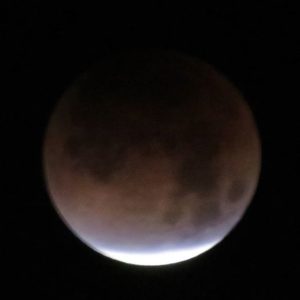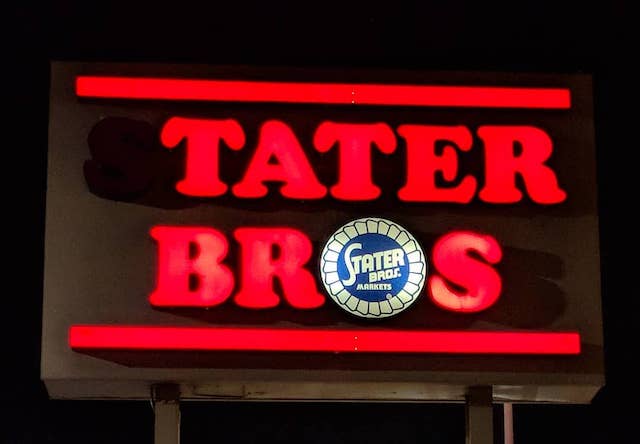Back in the day, @SpeedForceOrg was my comics fan persona on Twitter, as well as the newsfeed for the Flash blog. As more people joined me there, that seemed less appropriate and it became just the newsfeed/editorial voice.
I find myself replying with my main account account to people I follow on the other. Which seems…a bit weird. Maybe I should just change which account I’m following them with? But I kind of like being able to look at timelines grouped by topic.
I’ve considered setting up a personal fandom-related handle kind of like the account where I post about @ReadingLesMis. Or on Mastodon, where I have a general account and a photography account.
One downside to setting up a new, fandom-focused account: no history. I’d look like a sock puppet or a bot. But it’s not about hiding my identity, just organizing it.
We all present different aspects of ourselves in different social contexts (family, friends, work, interest-based groups, etc.), and the Facebook-style one-user-one-account approach changes social interaction — and not for the better.
The key to understanding social media depression lies in the social norm that has emerged around how we manage Facebook’s context collapse in a way that is acceptable in all contexts. That social norm is being your perfect self. And the consequence of that is we are all performing our perfect selves, thus all making each other feel depressed and inadequate.
Then again, topic lines are blurry. I follow some people I know personally, others who talk mostly fandom, or mostly politics, tech, or science…but the science and tech focused people also talk fandom, the fans also talk science, and everyone talks politics.
Nothing quite lines up. :shrug:
Originally posted as a Twitter thread

